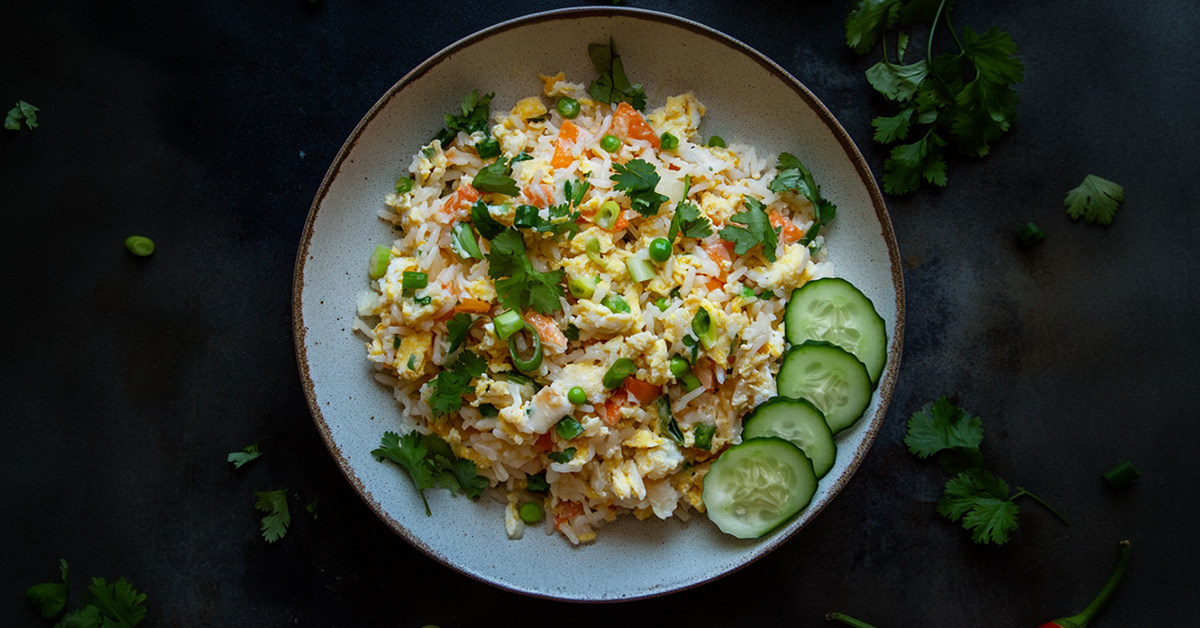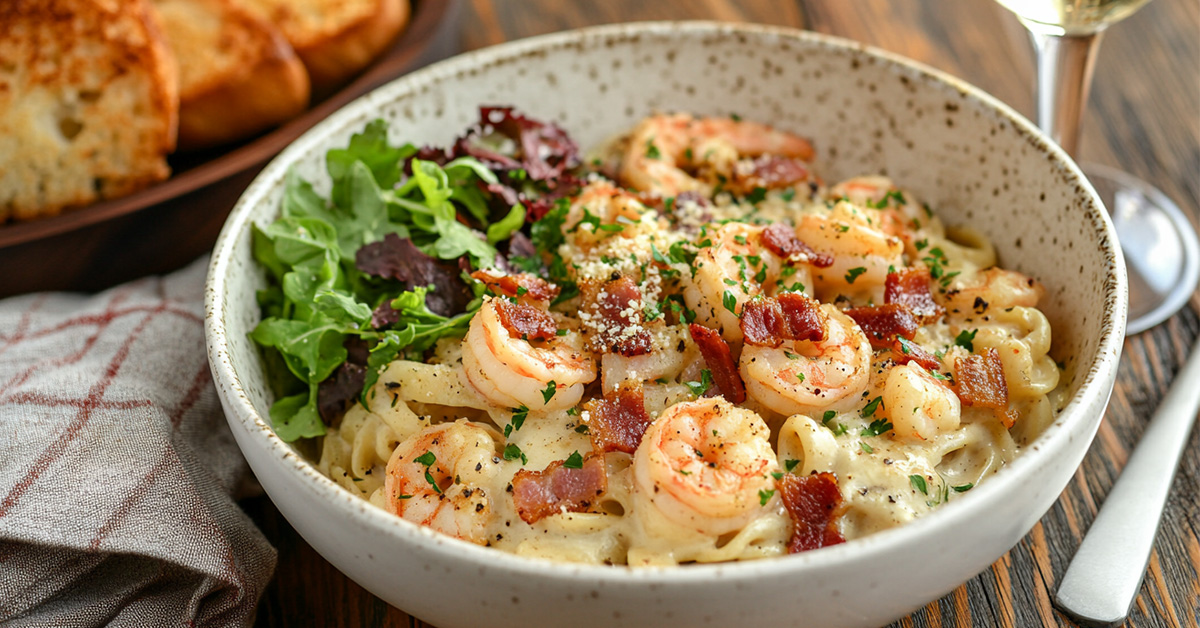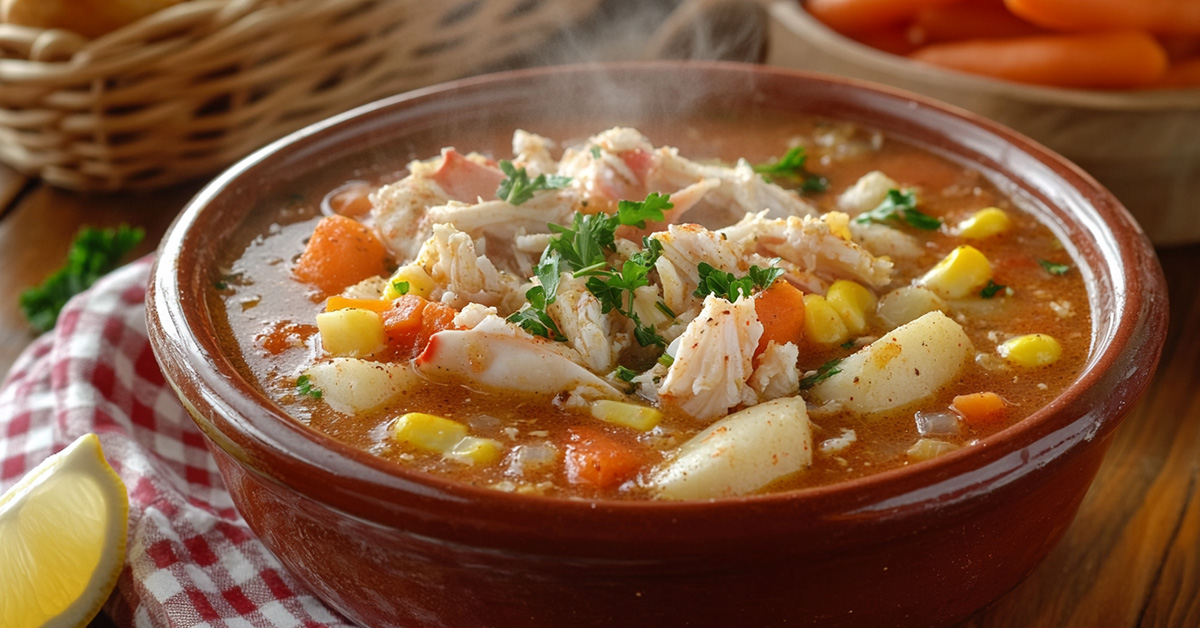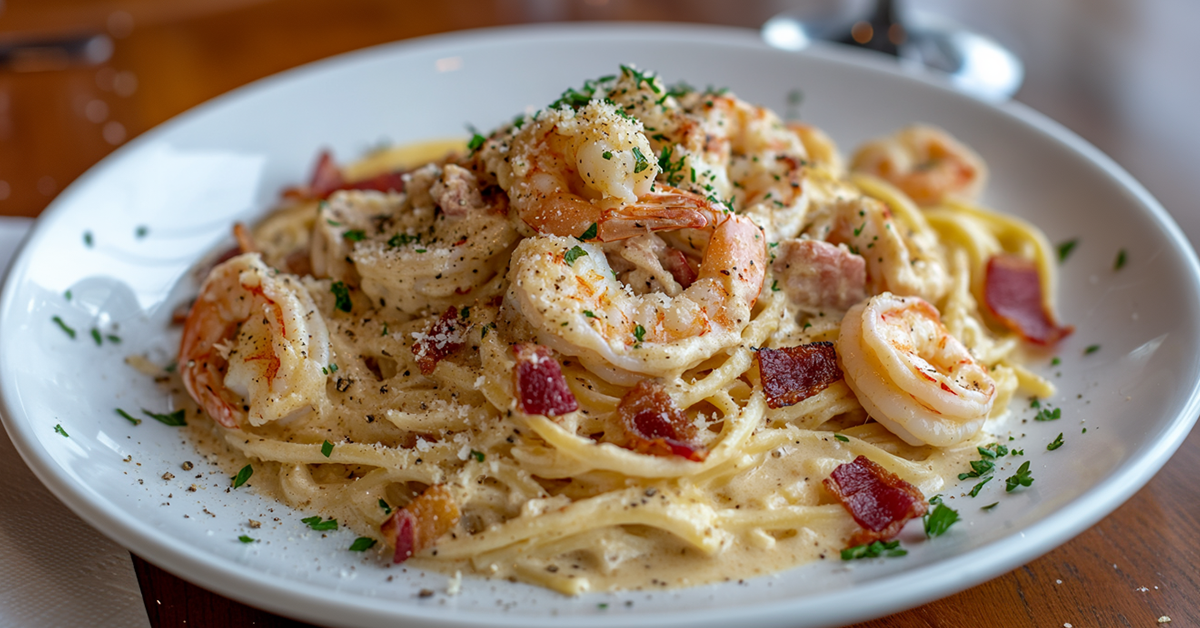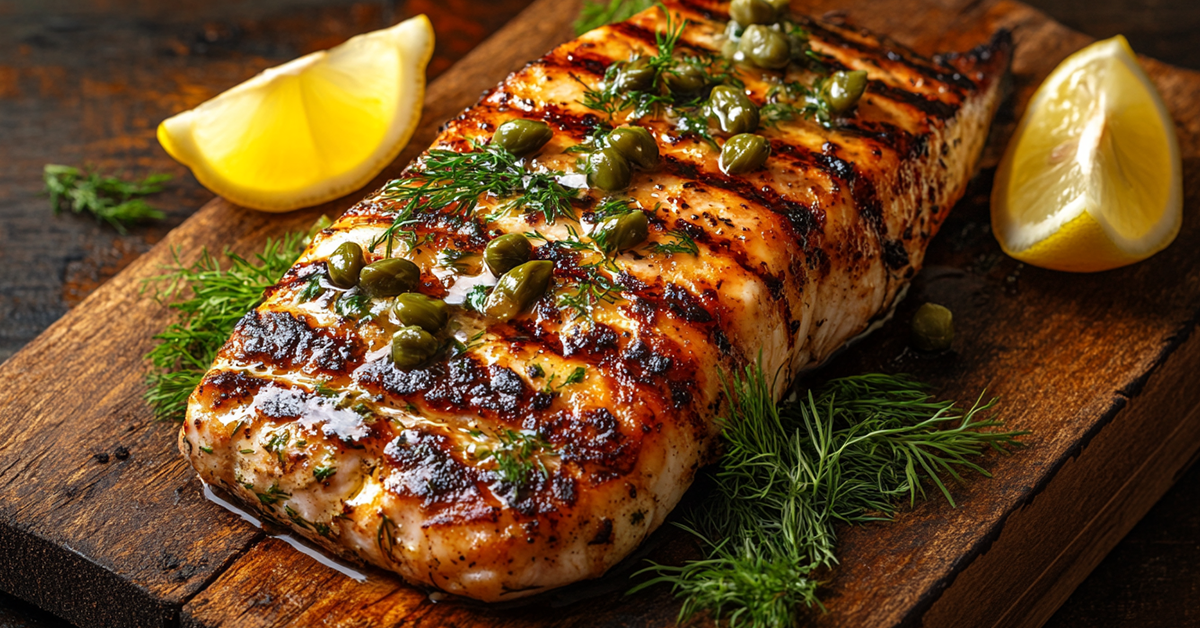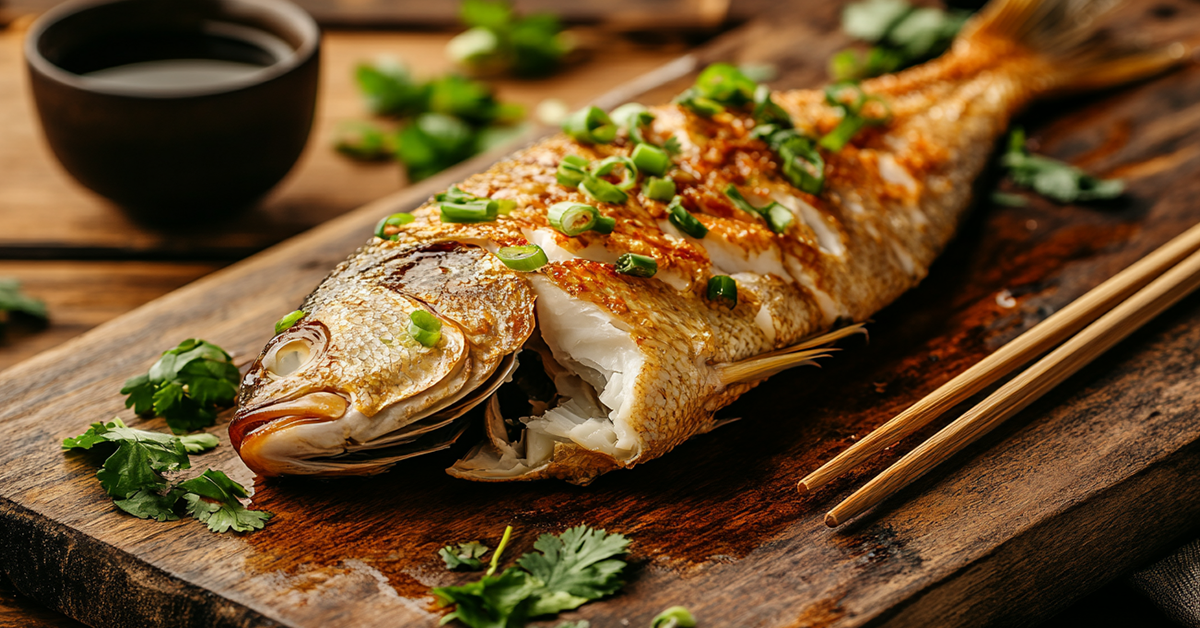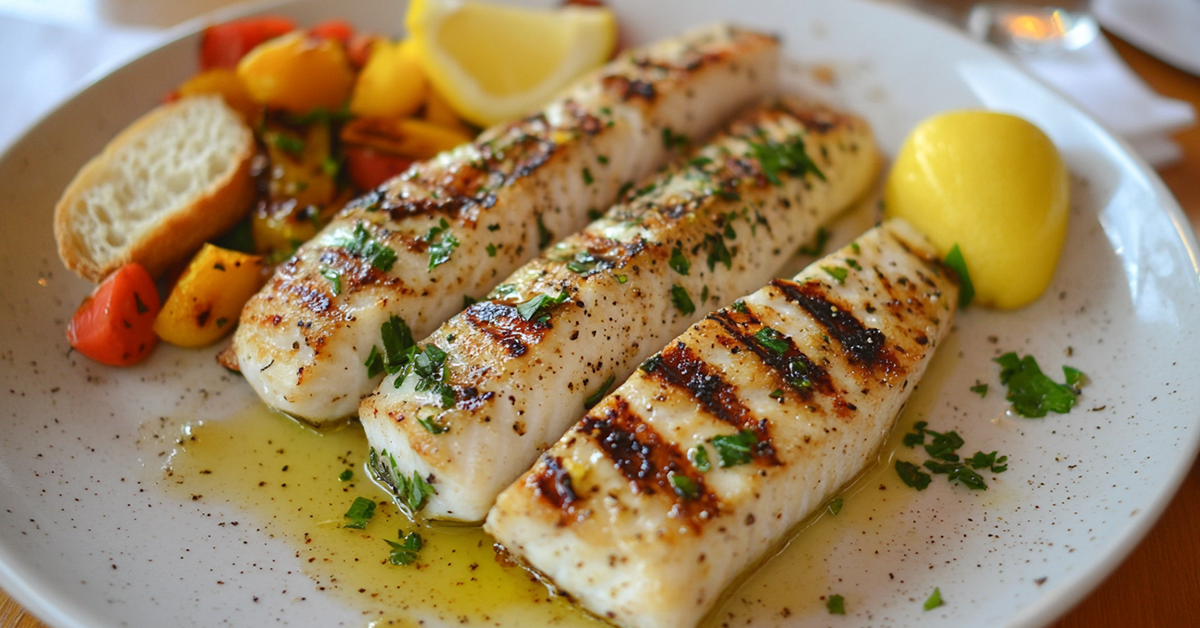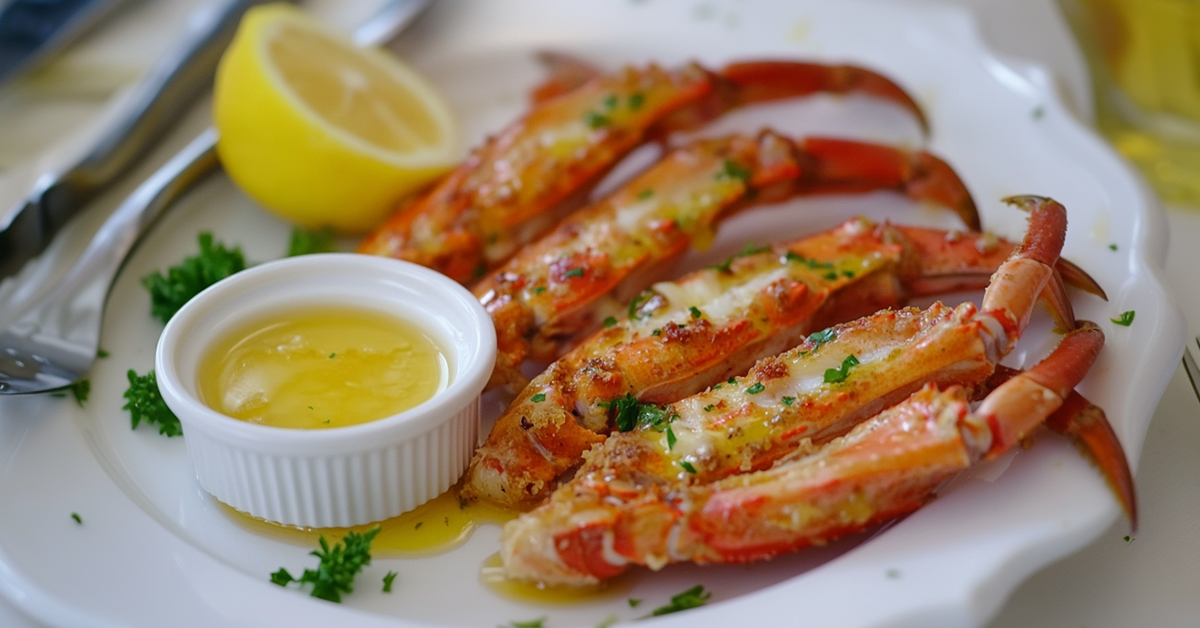Thai crab fried rice is the country’s most popular rice dish that blends sweet crab meat with fragrant jasmine rice and fresh ingredients. Most people think they need advanced cooking skills to make this classic dish, but you can whip it up in less than 30 minutes.
This Thai crab fried rice packs 13 grams of protein per serving and needs very little seasoning because blue crab meat’s natural sweetness does the work. On top of that, fresh cilantro, scallions, and a splash of lime bring the dish together perfectly to create a nutritious and tasty meal.
In this piece, you’ll find how to make restaurant-quality crab fried rice right in your kitchen and learn everything in getting perfect results. You’ll also understand why this dish has become such an important part of Thai cuisine.
Table of Contents
The Origins of Crab Fried Rice
Rice cultivation in Asia started over 10,000 years ago, and this set the stage for crab fried rice. The Chinese created fried rice during the Sui dynasty (589-618 AD). They needed a way to use leftover food. Cooks would stir-fry their leftover rice with whatever ingredients they had, and this simple dish soon spread throughout Southeast Asia.
The wok became a vital part of this dish’s story. This cooking vessel first appeared during the Han dynasty about 2,000 years ago. It proved perfect to create the distinctive taste and texture that makes fried rice special. The simple cooking method moved beyond China’s borders, and each region added its own special touch.
Thai cooks took this culinary technique and made something unique. They added fragrant jasmine rice, which didn’t exist until the 1940s. Local ingredients like garlic, chiles, and fresh herbs changed the simple Chinese dish into khao phat buu – Thailand’s version of crab fried rice.
Chili peppers brought another layer to the dish’s story. These American natives reached Asian shores through the silk road in the 15th century. They soon became essential to Southeast Asian cooking, including various crab fried rice recipes.
This dish shows how food traditions grow through cultural exchange. The Philippines created aligue fried rice, which stands out with its bright orange-yellow color from crab fat. They added toasted garlic and spring onions to make it their own. Their version shows how different cultures reimagined the simple concept of crab fried rice.
Today’s crab fried rice reflects centuries of cooking changes, global trade, and cultural mixing. Every ingredient tells a story – from the aromatic jasmine rice to the spice blends. It shows how ingredients and techniques from different parts of the world came together perfectly.
Read also: Crispy Fried Blue Crabs Recipe
The Allure of Seafood: Why Crab?
Sweet, succulent crab meat is the life-blood of authentic crab fried rice that makes it special compared to other rice dishes. Thailand’s blue crab gives naturally sweet meat with a unique flavor. Dungeness crab is a great alternative that’s slightly less sweet but just as good when fresh.
You need to handle crab meat with care. The sweet, succulent bites work perfectly against salty, sour, and peppery flavors. This perfect balance makes crab fried rice one of Thailand’s favorite dishes that you’ll find in restaurants and food stalls across the country.
Quality makes all the difference in great crab fried rice. You just need to buy premium crab meat from trusted seafood counters and skip the cheap canned stuff that turns into bland, briny mush. The dish is simple, so the crab’s natural flavors must be perfect.
You have several crab options to pick from. Blue crab gives the sweetest, most succulent meat, making it the top choice. Mud crab and Dungeness crab are excellent too, each with its own texture and flavor. Snow crab works well but tastes a bit different.
The way you prepare the crab affects your final dish by a lot. Bigger chunks of crab meat keep the natural sweetness and texture better than tiny shredded pieces. We used fresh-cooked or frozen crab because they taste better than canned ones that often have a strong, overpowering seafood smell.
Unlike other fried rice with lots of veggies like peas, carrots, and onions, crab fried rice focuses on everything in the seafood’s natural qualities. That’s why it uses minimal seasoning, letting the crab’s natural sweetness stand out.
Read also: Crispy Baked Crab Cakes
Key Tips for Perfecting Your Crab Fried Rice
Becoming skilled at crab fried rice needs specific techniques and the right ingredients. Medium-grain Thai jasmine rice creates the perfect texture and stands out as your best choice.
Your rice preparation needs careful thought. You might assume fresh rice works better, but day-old rice gives superior results. Notwithstanding that, fresh rice can work if you reduce the water ratio to 1:1 instead of the standard 1:1¼. Adding a dash of cornstarch helps absorb extra moisture – a useful trick.
Managing heat is vital to preparation. We started with low to medium heat for garlic and aromatics. The temperature should jump to high once the rice goes in, which stops sticking and cooks everything evenly.
The quickest way to great results needs these techniques:
- A well-seasoned wok or non-stick pan works best
- Small batches prevent overcrowding
- Rice needs time to toast between stirs for complex flavor
- Gentle handling keeps crab meat in large, appealing chunks
- Light seasoning preserves the crab’s natural flavor
The toasting technique deserves your attention. The rice should rest undisturbed for about 10 seconds between stirs to develop deeper flavors. A subtle popping sound tells you it’s right.
Light seasoning works magic here. Jasmine rice’s natural fragrance needs minimal boosting. Fish sauce and a touch of soy add enough depth without overpowering the crab’s delicate taste.
Bad technique leads to common mistakes. The garlic burns if added at the wrong time. Too much stirring prevents proper toasting and ruins the texture.
The egg needs special handling. Crack it into the wok’s center after pushing rice to the sides. This creates perfect scrambling without sticking and blends smoothly with the rice.
Time management makes or breaks this dish. Cooking vegetables and proteins separately before mixing with rice ensures each ingredient reaches its perfect state without compromising the dish’s quality.
Read also: Maryland Crab Soup Recipe
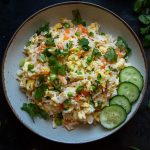
Crab Fried Rice Recipe
- Total Time: 23 minutes
- Yield: 2 servings 1x
Description
Crab fried rice needs just a few ingredients but packs amazing flavor. This recipe shows you the quickest way to make restaurant-style Thai food at home.
This Thai favorite turns basic ingredients into an incredible meal with sweet crab meat, jasmine rice and herbs. The recipe brings out the crab’s natural sweetness and keeps the rice light and fluffy.
Ingredients
- 2½ cups cooked jasmine rice
- 100g (3.5 oz) cooked crab meat
- 3 eggs, beaten
- 2–3 cloves garlic, minced
- 2 tablespoons vegetable oil
- 2 tablespoons soy sauce
- 1 teaspoon sugar
- ½ teaspoon white pepper
- 2 green onions, sliced
- Fresh cilantro for garnish
- Cucumber slices and lime wedges for serving
Instructions
- Heat oil in a large wok over medium heat. Add minced garlic and cook until you smell its aroma without letting it brown.
- Add beaten eggs to the wok. Let the bottom set, then scramble them gently until almost done.
- Add rice to the wok and turn heat to high. Stir-fry 3-5 minutes until the rice heats through and gets slightly toasted.
- Add soy sauce, sugar, and white pepper. Keep stir-frying until everything mixes well.
- Add the crab meat with care. Let it heat through while keeping the chunks intact.
- Add green onions and cilantro last. Stir just until they start to wilt.
Notes
- Day-old jasmine rice works best since fresh rice can get mushy.
- Fresh rice needs less water – use a 1:1 ratio instead of regular measurements.
- Be gentle with the crab meat to keep bigger pieces.
- Your wok or pan should be big enough for easy tossing.
- Prep Time: 15 minutes
- Cook Time: 8 minutes
- Category: Seafood
- Method: Frying
- Cuisine: Thai
Incorporating Thai Flavors: Thai Crab Fried Rice
Khao phat buu, a beloved dish in Thailand, has earned its place in Thai cuisine. Yes, it is so popular that some restaurants in Thailand focus only on serving this one dish.
Thai crab fried rice stands out because of its unique mix of ingredients and cooking methods. The life-blood of this dish is fragrant jasmine rice that needs minimal seasoning because of its natural aroma. This quality makes it different from other Asian fried rice varieties.
The flavors showcase authentic Thai cooking traditions. The dish gets its signature taste from a balanced mix of fish sauce, soy sauce, and white pepper instead of heavy sauces. The cooking style highlights the crab meat’s natural sweetness against these subtle seasonings.
Prik nam pla, a concentrated sauce that blends Thai chilis with fish sauce, makes this dish uniquely Thai. This side sauce lets diners customize their heat and salt levels for individual-specific experiences.
Thai customs guide the simple serving style. Each plate comes with fresh cucumber slices and lime wedges. Lime adds brightness to the dish, and cucumber balances the subtle heat of the seasonings.
Thai crab fried rice shows how local ingredients can turn a simple concept into something special. Jasmine rice, fresh herbs, and Thai seasonings create a dish that balances simplicity and sophistication. The cooking method is straightforward, yet it creates complex flavor layers that have made this dish stand out in Thai cuisine.
Unlike Chinese versions, Thai fried rice uses distinct ingredients like fish sauce and fresh herbs to create subtle flavors. These ingredients and jasmine rice’s natural fragrance result in a lighter, more aromatic dish that has become the life-blood of Thai street food culture.
The dish keeps evolving but stays true to its roots. Modern versions exist, but the key elements – fragrant jasmine rice, quality crab meat, and traditional Thai seasonings – remain the same to preserve this beloved dish’s authentic character.
Read also: Smoked Crab Recipe
Health Benefits of Crab and Rice
Crab fried rice isn’t just delicious – it packs a powerful nutritional punch that can boost your overall health and wellness. A single serving gives you 390-560 calories, enough to keep you energized throughout your day.
The nutritional content changes based on how you prepare it. Here’s what you’ll typically find:
| Nutrient | Amount per Serving |
|---|---|
| Protein | 14-22g |
| Total Carbohydrates | 47-71g |
| Dietary Fiber | 3-6g |
| Total Fat | 7-22g |
| Cholesterol | 70-100mg |
The protein in crab fried rice supports your body in many ways. You get essential amino acids that help you build and repair tissues. The protein quality is better than most rice dishes, which helps build muscle and maintain strength.
Your body uses the 47-71g of carbohydrates per serving[281] as its main energy source. These complex carbs keep your blood sugar stable and give you lasting energy throughout the day. The 3-6g of dietary fiber per serving keeps your digestion healthy and regular.
The sodium content needs watching, as it can reach 2080mg per serving. But sodium is vital because it:
- Maintains fluid balance in cells
- Supports proper nerve function
- Helps nutrients cross cell membranes
The protein boosts your immune system by producing antibodies. It also regulates enzymes and hormones that affect your metabolism. Your body uses this protein to make hemoglobin, which carries oxygen through your body.
Your bones benefit from the nutrients in crab fried rice. The mix of proteins and minerals strengthens your bone density. Your skin also gets a boost as these nutrients help produce collagen and keep skin elastic.
Athletes and active people can benefit from the carb-protein balance in this dish. You get lasting energy and muscle recovery support. The filling nature of crab fried rice helps you manage weight by controlling portions and reducing calories.
The vegetables in crab fried rice add extra health benefits by fighting oxidative stress and supporting cell health. Vitamins A and C from the protein-vegetable combination keep your skin healthy by supporting elasticity and healing.
References:
– Eat This Much
– Nutribit
Nutrition Facts: The Benefits Behind Crab Fried Rice
Crab fried rice offers a balanced nutritional profile that fits many dietary needs. One cup (160 grams) contains about 280 calories. This serving size makes a moderate-calorie meal option.
The macronutrient distribution shows a well-laid-out balance:
| Nutrient | Amount per Serving | Daily Value |
|---|---|---|
| Total Fat | 8g | 10% |
| Carbohydrates | 36g | 13% |
| Protein | 12g | 24% |
| Dietary Fiber | 1.6g | 6% |
| Total Sugars | 1.6g | – |
The sodium content needs attention, as one serving has 640mg – 28% of your daily recommended intake. The cholesterol stands at 40mg, which is 13% of daily needs.
Keep in mind that restaurant portions often differ by a lot from standard servings. To cite an instance, some restaurants serve portions with up to 1300 calories, 52g of fat, and 155g of carbohydrates. These differences come from bigger portions and varied cooking methods.
Like other seafood dishes, crab fried rice packs several key micronutrients:
- Calcium: 32mg (2% DV)
- Iron: 2mg (9% DV)
- Potassium: 120mg (3% DV)
The saturated fat stays low at 1.6g per serving, about 8% of daily recommended intake. This makes the dish heart-healthy when cooked with minimal oil and proper portions.
Restaurant variations are a vital part of dietary planning. Some places serve portions with:
- Sodium: Up to 4520mg
- Cholesterol: 390mg
- Total Fat: Up to 52g
Cooking methods and ingredients change the nutritional values. Home-cooked versions usually have fewer calories – some recipes have just 222 calories per serving. The protein ranges from 10g to 21g per serving, based on the crab meat amount.
The glycemic load stays moderate thanks to the mix of protein and complex carbs. Though modest, the 1.6g of fiber per serving helps you feel full longer.
Different cooking methods affect vitamin content, but most versions give you essential B-vitamins, especially B12 for nerve function. You’ll also get some vitamin D and calcium that help keep bones healthy.
Crab fried rice fits various diets if you watch portion sizes. These nutrition facts help you plan meals better and control portions. You can enjoy this tasty dish while staying on track with your diet goals.
References:
– Calforlife
– Eat This Much
Conclusion
Crab fried rice stands as evidence of culinary rise, which combines centuries-old cooking techniques with quality ingredients. This seemingly simple dish requires you to become skilled at specific details – from selecting premium crab meat to managing heat levels properly.
You can create restaurant-quality crab fried rice at home with proper techniques and fresh ingredients. The dish brings both nutritional benefits and authentic Thai flavors that make it perfect for everyday meals or special occasions.
The key to success lies in balancing the natural sweetness of crab meat with subtle seasonings while the rice maintains its characteristic light, fluffy texture. These fundamentals serve as your starting point, and you can adjust the flavors to match your priorities, just as Thai street vendors have done for generations.

